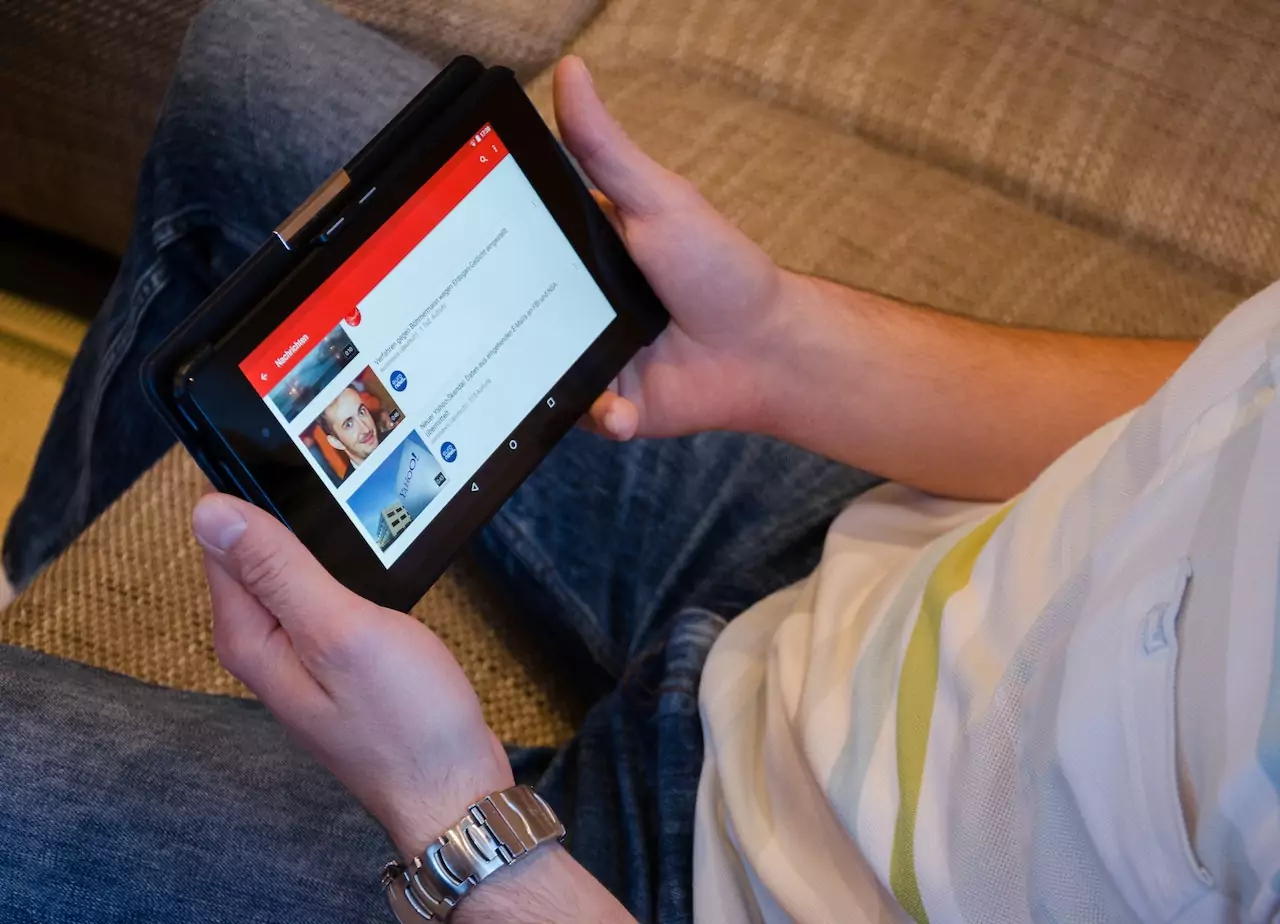Michael Zacharski is the CEO of Engine Media Exchange (EMX) and leads the overall vision, strategy, culture and development of the company. Under his leadership, EMX solves complex challenges and drives measurable business results for agencies, advertisers and publishers by providing solutions across full-service and programmatic practice areas. EMX is the programmatic marketplace division of global marketing company, ENGINE.
What led you to start working in the media and advertising industry?
My first career was in the music industry and during that time the internet started to revolutionize how people access, share and discover music. Over 16 years ago, working on behalf of an artist management company, I was charged with an initiative to use the internet to create awareness and re-introduce legacy artists to a younger generation that was increasingly online. Through this process, I learned about the scale and efficiency of internet-based media and advertising. I also learned that the legacy music industry was not ready to accept the inevitability of online and how it would transform not only music, but the larger media space. It was at that point that I decided to leave the music industry and join the online revolution, starting with publisher and business development for an ad network business. This was all before the advent of the current RTB protocols and notion of SSPs, DSPs and Exchanges as we know them today.
How did this lead you to start/found engine media exchange (EME)?
ENGINE Media Exchange (EMX) came about through a series of acquisitions made by the ENGINE Group to build a modern, purpose-built infrastructure and a complete end-to-end supply chain for programmatic advertising. I was brought on through one of the acquisitions and in previous roles had lead acquisition, integration and development of global technology-based programmatic companies.
I was eventually charged with integrating and scaling the acquired assets on behalf of ENGINE. What was both exciting and most challenging was the opportunity to re-build and re-imagine the underlying technical foundation that the businesses operated on, while also integrating existing platforms, connecting teams together and driving product innovation. We ended up not only with an amazing technology team based in New York, San Francisco and Chicago, but multiple utility patents and a modern infrastructure built for CTV, 5G and unlimited scale.
Can you introduce our audience to the CTV advertising? How does this compare to OTT?
There are a lot of questions about these terms and they are often used interchangeably for the content, media and devices that deliver programming to the television over the internet. This of course can make it difficult to understand the differences between the two. OTT is a broad term for services that can deliver premium TV content to the big screen in the home over the internet versus through the cable wire. CTV refers to the technical hardware such as a Smart TV and devices that can be connected to the TV (e.g., Roku, AppleTV, ChromeCast) and deliver the OTT services. Advertising is bundled in with the services and delivered through the CTV infrastructure. CTV is inclusive of OTT, but OTT services can also be streamed on other devices besides the television.
Why do you find CTV being a “Pocket of opportunity” for publishers right now?
CTV is still a new medium and provides content creators with access to consumers at scale on the big screen through their own apps or through apps that distribute independent content. The four main reasons why CTV is a pocket of opportunity for publishers are:
- Consumers are spending an increased amount of time with CTV content, a trend that started pre-pandemic and was accelerated by COVID-19
- Production for studios and major networks has been hampered by the pandemic, leaving consumers thirsty for new content
- CTV CPMs have been more resilient than other formats during COVID-19 as advertisers see the value from CTV’s flexibility, measurability and growing market share
- CTV is a cookieless environment so it’s a more resilient channel of monetization in a near future world where the cookie-based economy is paved with a road of uncertainty
What would you like to tell publishers on how to best move forward with the CTV content? What are the needed steps?
The biggest concern with CTV is a fraud, so it’s important to make sure that your content is positioned on a safe and trusted platform that advertisers can feel safe buying from, especially if you are a mid or longer tail content creator. Of course, the scale is also key and so building a plan to get consumers to your content or partnering with companies that can provide you with access to an audience, as well as a safe platform that works with trusted monetization, should be top of mind. It can be helpful to think of CTV as an app environment – so the look, feel and design of the consumer experience as well as the quality, originality and length of content are incredibly important to consider.
What’s the problem that the EMX team is passionately tackling at the moment?
Like many companies in the sector, we are investing in finding answers to what our systems that conduct measurement, targeting and delivery of advertising will need to do and how they will operate in a cookieless and potentially IDFA-less, privacy-centric world. CTV is an environment that is natively cookieless, and so we are working on solutions that provide an answer for CTV that is extensible to other digital formats. It’s an industry opportunity to reinvent how we will all operate in this new world, and it’s a problem where the goalposts are not fixed. Like all innovation, it is exhilarating and uncertain at the same time, so we are taking the “many strategies to get there” approach. We are making some internal bets on what we think will work, but also working with the broader industry and our partners to make sure these future innovations are compatible with the broader marketplace.
What are your media tech predictions for the 2nd half of 2020?
CTV consumption will continue to increase. We will see an accelerated convergence of linear TV and CTV across planning, measurement and execution within brands and agencies. Brands are and have been re-calibrating their offerings for our new COVID-19 normal and adjusting their marketing as a result – and more companies will follow suit and more budgets across more content categories will be coming back online in H2. The programmatic ad marketplace will continue to be affected by COVID-19 but will benefit greatly from 2020 election spending with CTV being the biggest winner and benefactor of this spend with additional CPM improvement across Video, Mobile and Display channels.
Content from our partners
Do you have any advice for ambitious digital publishing and media professionals looking to build their own product?
Right now is a great time to try new things, invest in new ideas and think about how to position yourself for the “future normal.” In many ways, the pandemic – which is going to change our society permanently and transform how marketing technology must operate due to the challenges of the identification technologies that underpin it – is a unique reset moment that allows for new players and incumbents to define the future. Investors and serial entrepreneurs are uniquely aware of these types of moments as are established companies that understand they also need to evolve. I do believe it’s a great time to be brave, take risks and place bets, including betting on your own idea, product or company.












